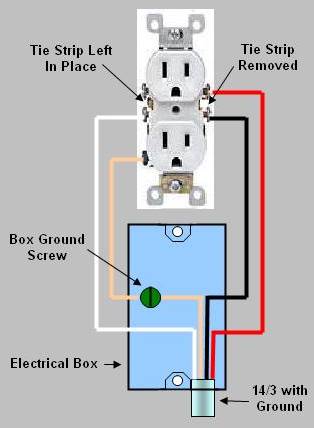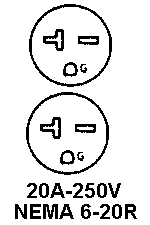What sort of wiring would be best to get for my crazy super computer with a 1200 Watt power supply.
A number of years ago the [H] did an article about what sort of wiring is best for the home. I can not locate it now. :/ Do I get a dedicated 20 amp 110 volt outlet?
Any advise you guys could hit me with would be great!
-Mecdrox
A number of years ago the [H] did an article about what sort of wiring is best for the home. I can not locate it now. :/ Do I get a dedicated 20 amp 110 volt outlet?
Any advise you guys could hit me with would be great!
-Mecdrox
![[H]ard|Forum](/styles/hardforum/xenforo/logo_dark.png)

